Expansion of E-commerce Platforms
The expansion of e-commerce platforms is transforming the way consumers access products, including those in the Palm Sugar Market. With the rise of online shopping, consumers are increasingly turning to digital platforms to purchase palm sugar and related products. This shift is particularly beneficial for niche markets, as e-commerce allows for greater visibility and accessibility. Market data suggests that online sales of food products have surged, indicating a growing preference for the convenience of home delivery. As more consumers embrace online shopping, the Palm Sugar Market is likely to see an increase in sales, driven by the ease of access to a variety of palm sugar products.
Rising Demand for Organic Products
The trend towards organic products is significantly influencing the Palm Sugar Market. As consumers become more discerning about the origins of their food, the demand for organic palm sugar is increasing. Market data indicates that organic food sales have seen a substantial rise, with consumers willing to pay a premium for products that are certified organic. This shift is driven by a desire for transparency in food sourcing and a preference for products that are free from synthetic additives. The Palm Sugar Market stands to gain from this trend, as it aligns with the values of environmentally conscious consumers who prioritize sustainability and organic farming practices.
Health Consciousness Among Consumers
The increasing awareness regarding health and wellness among consumers appears to be a pivotal driver for the Palm Sugar Market. As individuals seek alternatives to refined sugars, palm sugar, known for its lower glycemic index and rich mineral content, is gaining traction. Reports indicate that the demand for natural sweeteners has surged, with palm sugar being a preferred choice for health-conscious consumers. This shift in consumer behavior is likely to propel the market forward, as more people opt for products that align with their health goals. The Palm Sugar Market is thus positioned to benefit from this trend, as it caters to a demographic that prioritizes health and nutrition in their dietary choices.
Increased Focus on Sustainable Practices
The emphasis on sustainability is becoming a crucial driver for the Palm Sugar Market. As environmental concerns gain prominence, consumers are increasingly seeking products that are produced through sustainable practices. Palm sugar, often sourced from small-scale farmers using traditional methods, is perceived as a more sustainable option compared to refined sugars. This perception is supported by market data indicating a growing consumer preference for products that contribute to environmental conservation. The Palm Sugar Market is thus well-positioned to capitalize on this trend, as it aligns with the values of consumers who prioritize sustainability in their purchasing decisions.
Growing Popularity in Culinary Applications
The versatility of palm sugar in culinary applications is another significant driver for the Palm Sugar Market. It is increasingly utilized in various cuisines, from traditional dishes to modern recipes, enhancing flavors while providing a healthier alternative to conventional sweeteners. The market data suggests that the use of palm sugar in baking, beverages, and sauces is on the rise, reflecting a broader trend towards incorporating natural ingredients in food preparation. This growing popularity not only expands the consumer base but also encourages food manufacturers to innovate and create new products featuring palm sugar. Consequently, the Palm Sugar Market is likely to experience sustained growth as it adapts to the evolving culinary landscape.
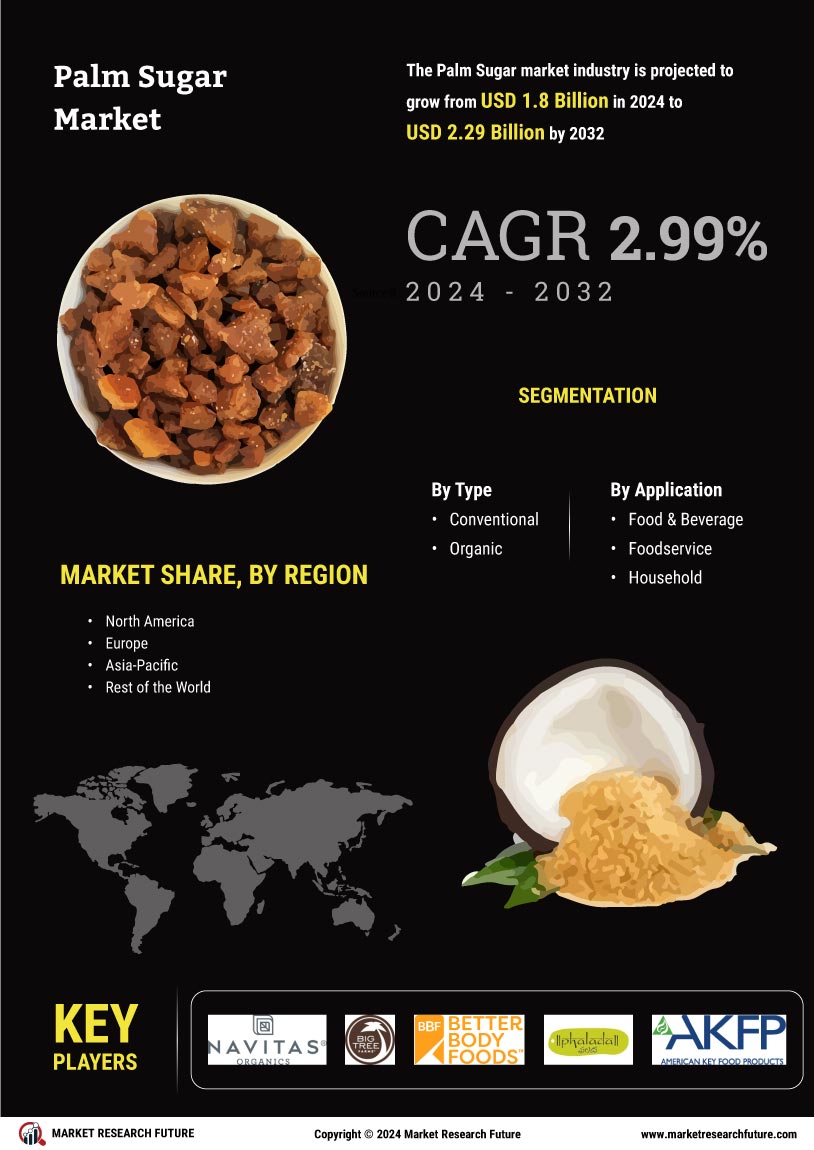

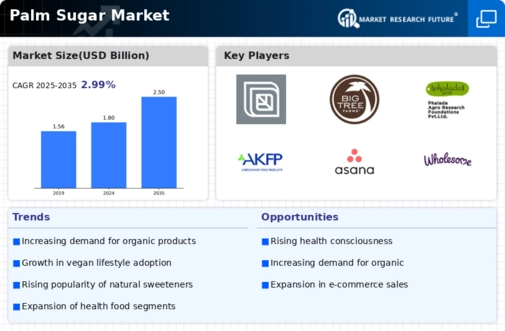
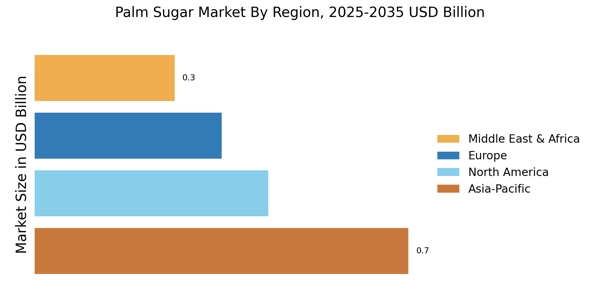
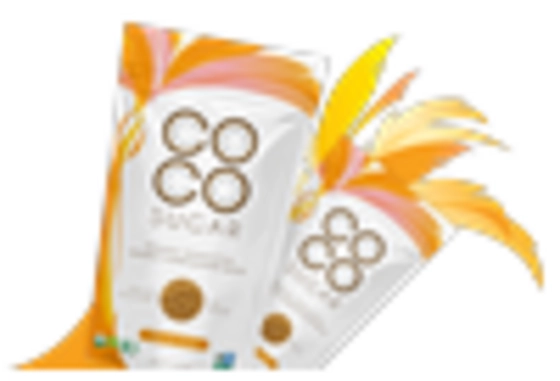
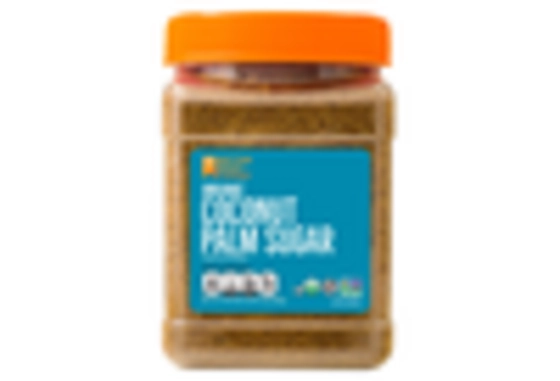
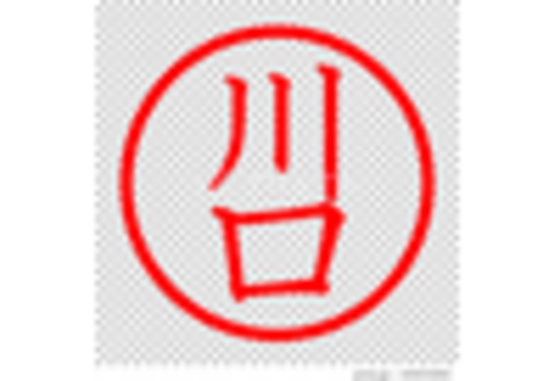
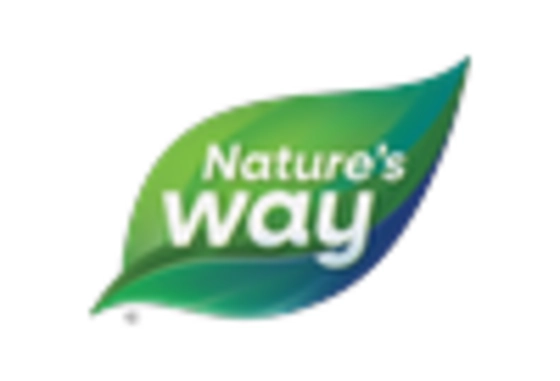
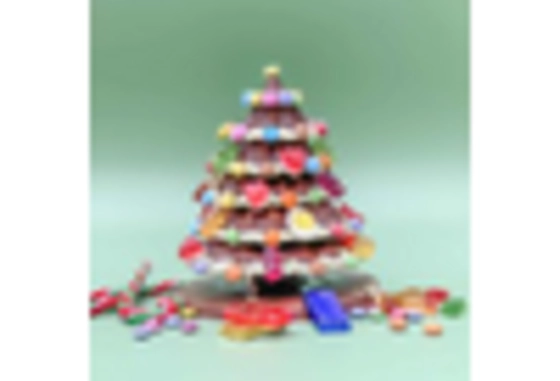
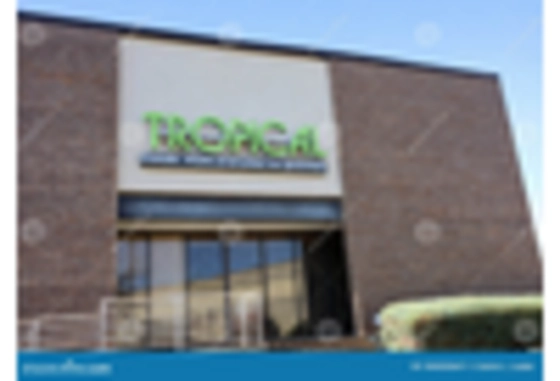








Leave a Comment